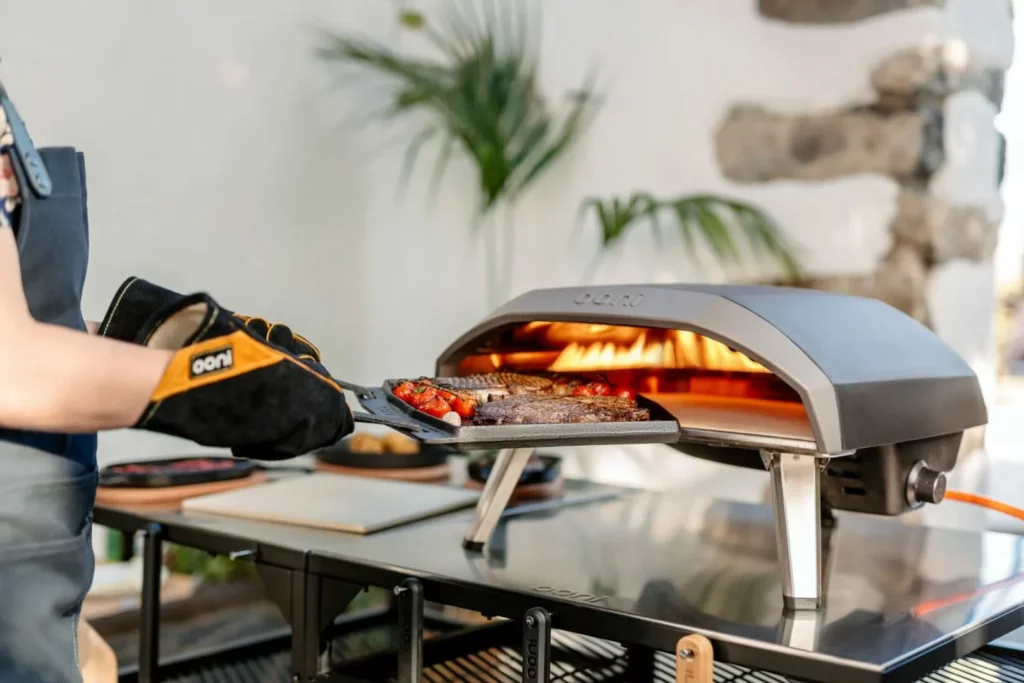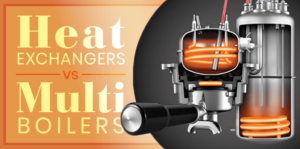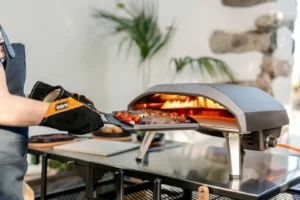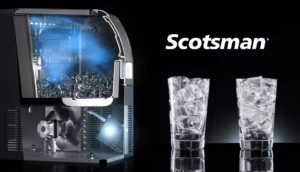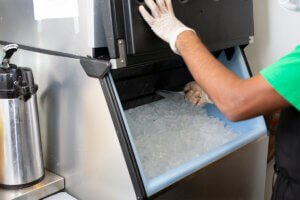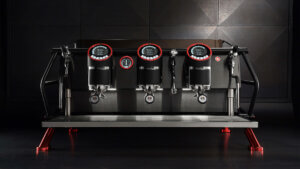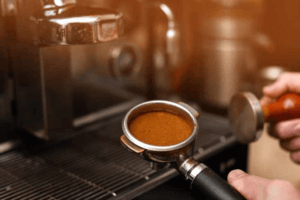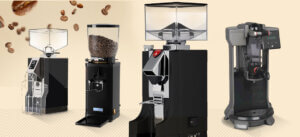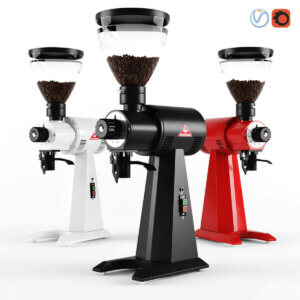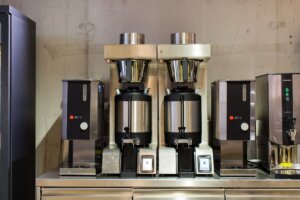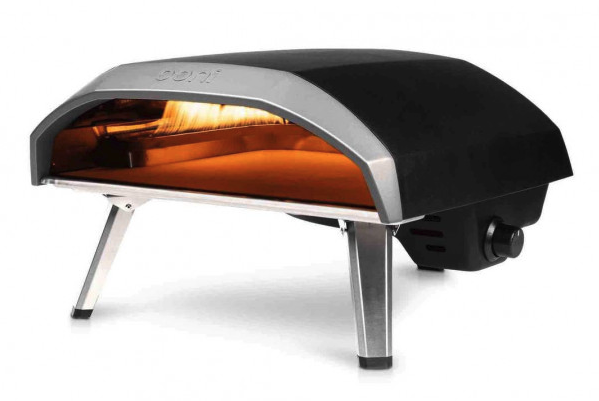
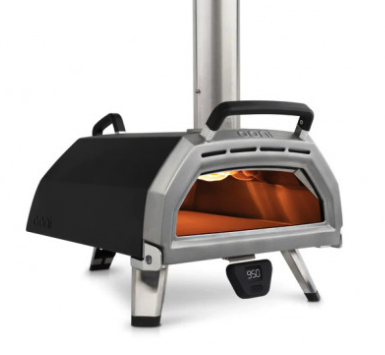
First, let’s take a look at the specs for each oven. The Ooni Koda 16 has exterior dimensions of 23.2 inches wide by 25 inches deep by 14.7 inches tall, with a cooking surface of 16 inches front to back and side to side. It has a unique L-shaped burner with 29,000 BTUs and a built-in gas ignition. The exterior of the Koda 16 is made with a powder-coated carbon steel shell, making it durable and long-lasting.
On the other hand, the Ooni Karu 16 has exterior dimensions of 20 inches wide by 33 inches deep by 32 inches tall, with a weight of 62.5 pounds. Its interior cooking surface is 16.7 inches deep by 16.7 inches wide and comes with a stock corduroy stone just over half an inch thick. The Karu 16 is a multi-fuel oven, meaning it can burn wood, charcoal, or a combination of both. It also can use propane if you purchase the gas burner attachment that’s sold separately. The Karu 16 comes with a door for heat retention and insulation and a display showing the oven’s internal temperature. It also has a hatch in the back for adding fuel and monitoring the gas burner. The exterior of the Karu 16 is made with a powder-coated carbon steel shell and some areas of stainless steel, while the interior is made entirely of stainless steel.
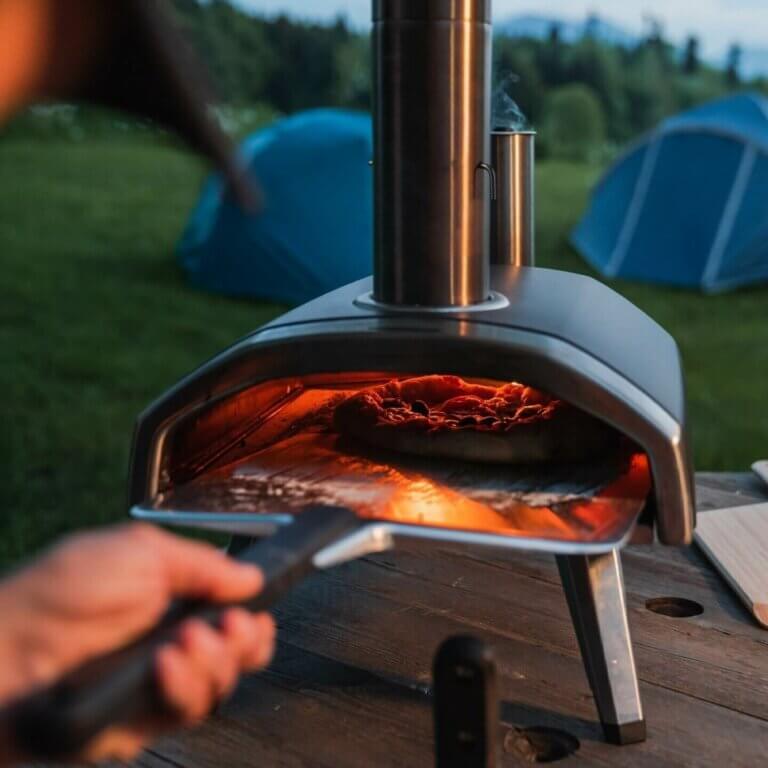
Now that we’ve looked at the specs of each oven let’s compare the preheat times and recovery time between pizzas. In our tests, the Ooni Koda 16 had a preheat time of approximately 20 minutes and a recovery time between pizzas of around 5 minutes. The Ooni Karu 16, on the other hand, had a preheat of approximately 15 minutes and a recovery time between pizzas of around 3 minutes. This means that the stone can heat up faster and recover more quickly between pizzas, making it more efficient for cooking multiple pizzas in a short amount of time.
Next, let’s take a look at how each oven performs when baking a pizza. In our tests, the Ooni Koda 16 was able to cook a pizza in approximately 90 seconds, with a slightly charred crust and a bit uneven in places. The Ooni Karu 16, on the other hand, was able to cook a pizza in approximately 60 seconds, with a crust that was evenly charred and had a consistent texture throughout. This shows that the Karu 16 can cook pizzas faster and more evenly than the Koda 16.
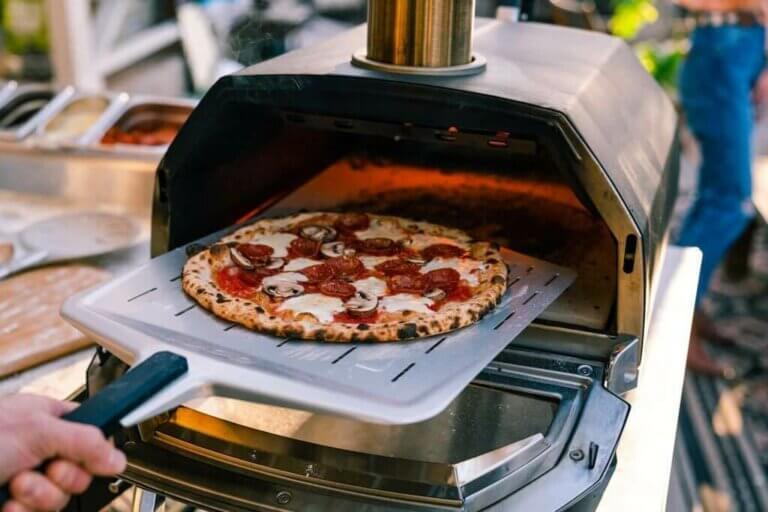
Now that we’ve each oven’s preheat times, recovery times, and baking performance each oven, let’s take a look at the pros and cons of each model. The Ooni Koda 16 is a durable and portable oven that is easy to transport thanks to its fold-up legs and optional carrying bag. It is also relatively affordable compared to the Karu 16. However, it is limited to gas fuel and has a longer preheat time and recovery time between pizzas.
The Ooni Karu 16, on the other hand, is a multi-fuel oven that can burn wood, charcoal, or a combination of both. It also has the option to use propane if you purchase it.
The Ooni Koda 16 has several pros that make it a popular choice for outdoor pizza ovens. First, its compact size and fold-up legs make it very portable, making it easy to take with you to a friend’s house or on a camping trip. The built-in gas ignition is also a convenient feature that saves you the cost and hassle of purchasing and attaching a separate ignition system. The powder-coated carbon steel shell also makes the Koda 16 durable and long-lasting, withstanding the wear and tear of regular use.
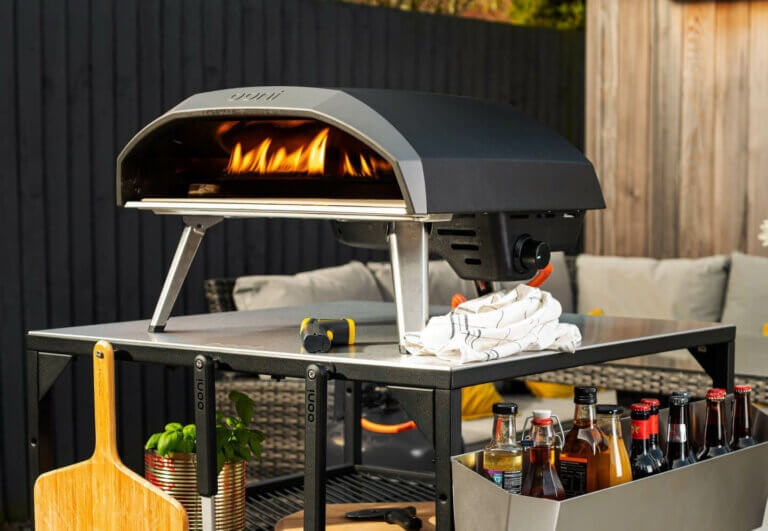
However, the Koda 16 also has some cons to consider. One major drawback is its limited fuel options, as it is only able to run on gas. This means you cannot use wood or charcoal to add a smoky flavor to your pizzas or switch to propane if you run out of gas. Additionally, the Koda 16’s preheat and recovery times are longer than the Karu 16, which may be an issue if you plan on making multiple pizzas in a short period of time. Finally, the Koda 16’s baking performance may not be as good as the Karu 16, as demonstrated in the article.
On the other hand, the Ooni Karu 16 has several pros that make it a strong contender in the outdoor pizza oven market. Its multi-fuel capability allows you to use wood, charcoal, or a combination of both, giving you more flavor options and flexibility. The Karu 16’s door and insulation also help to retain heat and create a more consistent baking environment, resulting in a better overall pizza. Additionally, the Karu 16 has faster preheat and recovery times than the Koda 16, making it more efficient for those who plan on making multiple pizzas in a short period of time.
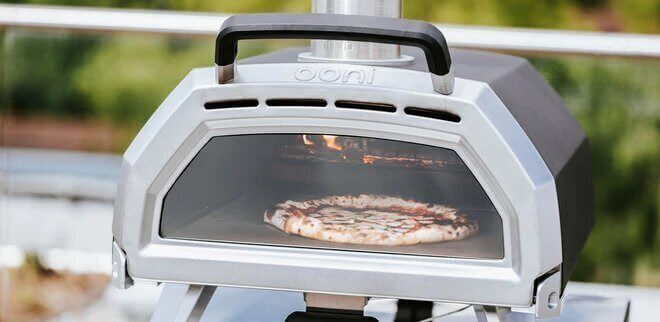
However, the Karu 16 also has some cons to consider. Its larger size and heavier weight make it less portable than the Koda 16, making it less convenient to transport. Additionally, the Karu 16 requires the purchase of a separate gas burner attachment if you want to use propane fuel, which is an added cost. Finally, the Karu 16 may not be as durable as the Koda 16, as it has more stainless-steel elements prone to scratching and wear.
In conclusion, while both the Ooni Koda 16 and Ooni Karu 16 are solid choices for outdoor pizza ovens, the Ooni Karu 16 comes out on top. It has a shorter preheat time and recovery time between pizzas and can cook pizzas faster and more evenly. It also has the added benefit of being a multi-fuel oven, allowing you to use wood, charcoal, or a combination of both, as well as the option to use propane with the purchase of a separate gas burner attachment. While it may be slightly more expensive than the Koda 16, its added versatility and performance make it a worthwhile investment for any pizza enthusiast.

